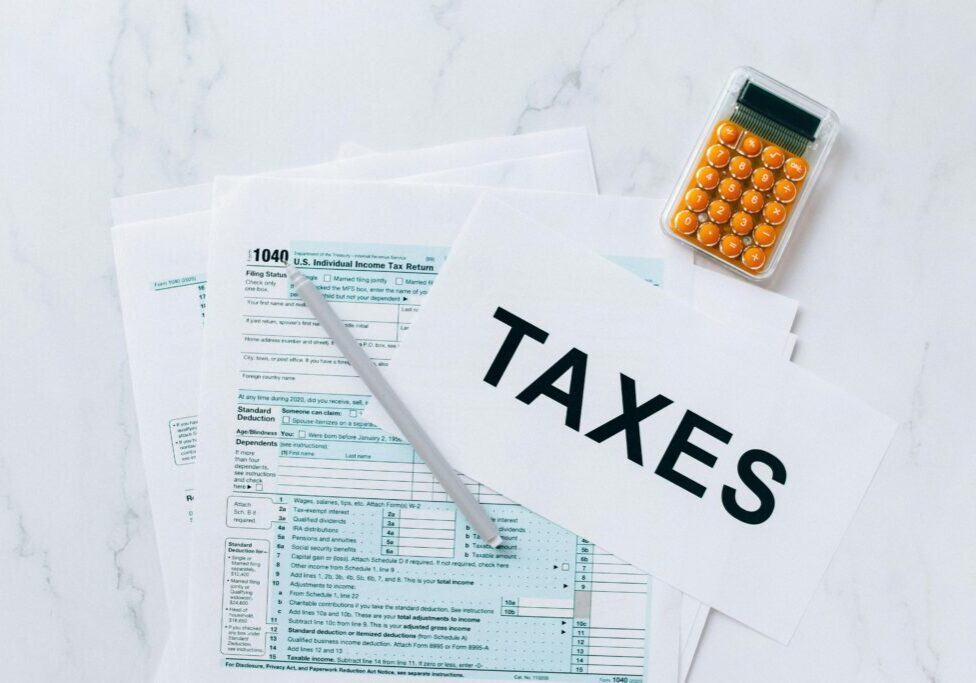How Does the New Tax Law Affect Your Family? 7 Breaks to Know

The One, Big, Beautiful Bill Act (OBBBA), which was enacted on July 4, generally extends and expands tax provisions that were scheduled to expire at year end. Here are seven valuable tax breaks that might benefit your family:
1. Child Tax Credit
The Child Tax Credit (CTC) has been temporarily enhanced several times in recent years, including under the Tax Cuts and Jobs Act (TCJA). Before the OBBBA, the credit was $2,000 per child. To be eligible for the credit, your modified adjusted gross income (MAGI) must be at or below the following thresholds:
- $200,000 for single filers, and
- $400,000 for joint filers.
Once your MAGI exceeds the applicable amount, the CTC is reduced by $50 for each $1,000 above the threshold. The refundable portion of the credit is capped at $1,700 for 2025. After 2025, the credit was scheduled to revert to the pre-TCJA limit of $1,000 and phaseout ranges.
Under the new law, starting in 2025, the maximum credit permanently increases to $2,200, indexed annually for inflation.
To qualify for the CTC, your child must be:
- Under age 17 at year end, and
- Eligible to be claimed as your dependent for tax purposes.
Starting in 2025, no CTC will be allowed unless you report Social Security numbers (SSNs) for the child and the claiming taxpayer on the return. For married couples filing jointly, at least one spouse must report an SSN on the return.
2. Credit for Other Dependents
For 2018 through 2025, the TCJA provided $500 credits for dependents who aren’t qualifying children for the CTC. The credit is subject to the same income-based phaseouts as the CTC. You may claim this credit for a dependent child over age 16 or another dependent relative.
The OBBBA permanently retains the $500 credit for non-child dependents, subject to the same income-based phaseouts as the CTC. This credit isn’t adjusted annually for inflation. Additionally, there’s no SSN requirement for claiming this credit, so you may be able to claim it for a qualifying child without an SSN.
3. Child and Dependent Care Credit
For children under age 13 and other qualifying dependents, you may claim a credit for a portion of child and dependent care expenses you incur to be “gainfully employed.” The maximum amount of qualified expenses is:
- $3,000 for one child or dependent, and
- $6,000 for two or more children and/or dependents.
Under the OBBBA, for 2025, a 35% maximum child and dependent care credit percentage applies for taxpayers with adjusted gross income (AGI) below $15,000. The 35% credit is gradually reduced for taxpayers with income above this threshold, subject to a 20% floor. For most middle-income-and-higher taxpayers, the maximum credit for 2025 is:
- $600 for one child or dependent (20% of $3,000), and
- $1,200 for two or more children and/or dependents for 2025 (20% of $6,000).
Starting in 2026, the OBBBA expands the credit for certain taxpayers. Under the new law, a tiered scale applies to the child and dependent care credit percentage. For 2026, a 50% maximum child and dependent care credit percentage applies for taxpayers with AGI below $15,000. The 50% credit is gradually reduced for taxpayers with income above this threshold. Certain middle-income taxpayers may be eligible for a credit equal to 35% of their qualified expenses that’s gradually reduced based on AGI but can’t go any lower than 20%.
4. Dependent Care FSAs
Employers may provide flexible spending accounts (FSAs) to help employees pay dependent care expenses. Employees can contribute to their FSAs on a pre-tax basis through regular withholding, up to a specific limit, allowing them to save both income taxes and payroll taxes. (Employers also save their share of payroll taxes.) FSA withdrawals used to pay qualified expenses are exempt from tax.
For these purposes, qualified dependent care expenses include the cost of caring for:
- A qualifying child under age 13, or
- Another dependent who’s physically or mentally incapable of self-care.
For example, you can use dependent care FSAs to pay for day care centers, nursery schools, babysitters and summer day camps (except overnight camps).
The OBBBA increases the annual contribution limit for dependent care FSAs from $5,000 to $7,500, starting in 2026. However, the limit won’t be adjusted annually for inflation.
5. Adoption Credit
Adopting a child can be expensive. However, the adoption credit can help offset some costs. This break can generally be claimed for the adoption of a child who’s:
- Under age 18, or
- Physically or mentally incapable of self-care.
If you adopt a child with special needs, you can claim the maximum credit even if your expenses are below that amount. The credit covers all reasonable and legal costs directly related to an adoption, such as:
- Adoption agency fees,
- Court costs,
- Legal fees,
- Travel costs while away from home, including meals and lodging, and
- Re-adoption expenses for a child from another country.
For 2025, the maximum adoption credit equals $17,280 of the qualified expenses incurred to adopt an eligible child. However, the credit begins to phase out for taxpayers with MAGI above $259,190. It’s fully phased out once your MAGI equals or exceeds $292,150.
Under prior law, this credit was nonrefundable, meaning it was limited to the taxpayer’s federal income tax liability for the year. Under the OBBBA, starting in 2025, up to $5,000 of the adoption credit is refundable. This amount will be indexed for inflation after 2025. Any nonrefundable portion of the credit can be carried forward up to five years.
6. Section 529 Plans
For decades, Section 529 plans have been a popular vehicle for education savings. All states offer at least one type of Sec. 529 plan, and some educational institutions offer them. Anyone (not just parents) can establish a Sec. 529 prepaid tuition plan account or a Sec. 529 college savings plan account for an account beneficiary (usually a child or grandchild).
Essentially, these accounts allow you to take federal-income-tax-free distributions to cover qualified education expenses incurred on behalf of the account beneficiary. There are no income limits on the tax-free distribution privilege.
Under current law, distributions from a Sec. 529 plan are exempt from federal income tax (and possibly state income tax) if they were used to pay for qualified higher education costs at an eligible institution. This includes tuition, room and board, books, and computers.
Starting in 2018, the TCJA permanently expanded the tax-free distribution privilege to cover withdrawals of up to $10,000 per year for tuition at a public, private or religious elementary or secondary school. The OBBBA doubles the annual withdrawal limit for qualified elementary and secondary school tuition expenses to $20,000, starting in 2026. It also expands the definition of qualified educational expenses for elementary and secondary schools to include:
- Curriculum and curricular materials,
- Books or instructional materials,
- Online education materials, certain fees for tutoring or educational classes outside of the home,
- Fees for specified tests and dual enrollment in an institute of higher education, and
- Certain educational therapies for students with disabilities.
The new law makes other technical modifications to the Sec. 529 rules. Contact your tax advisor for more details.
7. Trump Accounts
The OBBBA creates so-called “Trump accounts” for children. These new accounts are similar to traditional IRAs for minors.
As part of its pilot program, the federal government will automatically contribute $1,000 to a free Trump account for each qualifying child born between January 1, 2025, and December 31, 2028. Qualifying newborns must be U.S. citizens with at least one parent who’s a U.S. citizen at the time of the child’s birth. Annual contributions of up to $5,000 can be made to the accounts of beneficiaries who are under 18 at the end of the year the contribution is made. The contribution limit will be adjusted annually for inflation after 2027. The IRS is expected to issue guidance on Trump accounts in the coming months.
Start Planning Now
In addition to these seven family-specific changes, the OBBBA contains many other general provisions that may affect your family’s tax planning for 2025 and beyond. Contact your professional tax advisors to get a handle on the full scope of the new law’s provisions and how they might impact your situation.











